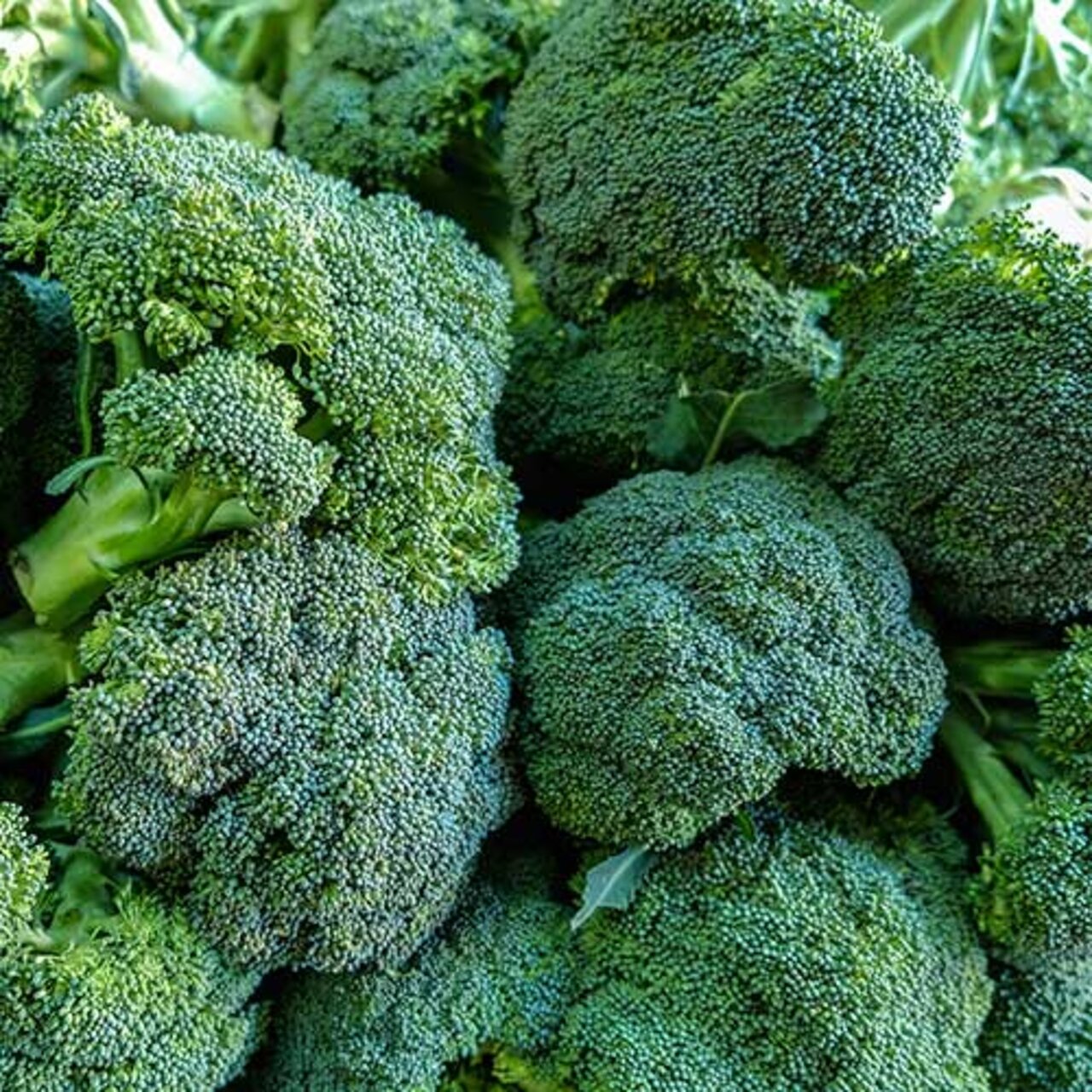Project
Are new technologies for cauliflower and broccoli production going to prevail?

Economic assessment and adoption potential of new technologies in horticulture (WeGa - Product and production safety of highly intense plant production - work package 4.4)
In research, future-oriented, technological approaches are being pursued to increase the security of horticultural production systems and products. We ask whether such technologies will actually be implemented into the horticultural production systems.
Background and Objective
Technical innovations will only be introduced in horticultural plants if they are profitable. In addition, the risk of such innovations is of significant importance. Therefore, our project examines the profitability and the economic risk of investment in selected new technologies that are being developed by WeGa network partners.
Approach
We model production for cauliflower and broccoli in Germany as typical production systems. This allows an analysis of cost and profitability of production. On this basis, we simulate the introduction of new technologies to determine their profitability and business risk.
Data and Methods
To gather the data to describe the currently used production systems, we conducted a survey with farm managers in the major growing regions of Germany: Rhineland-Palatinate, North Rhine-Westphalia, Lower Saxony and Schleswig-Holstein. We describe the new technologies and their impact on the production systems on basis of research results and expert estimates. For the analysis, we develop a stochastic simulation model based on the Monte Carlo method. The model allows us to determine the profitability of investments by showing distributions for the most important parameters influencing the profitability. The economic risk of the investment is explicitly taken into account using stochastic simulations. As a reference, we use the technology currently used in Germany. Due to the feedback with the WeGa network partners, it is possible to promote innovations according to economic criteria.
Results
We were able to identify four typical cauliflower and broccoli production systems categorized by size: very large (more than 40 ha), large (less than 40 ha to more than 20 ha), medium (less than 20 ha to more than 10 ha) and small (less than 10 ha). Usually larger producers achieve higher revenues per hectare. This is due to the fact that the average number of sold heads per ha increases with the scale of production, which is due to both the improved market access as well as increased production intensity. With increasing scale of production the farms can achieve higher average prices. On the cost side no clear trend towards economies of scale can be identified with current knowledge, since the middle machine-free costs for the large-sized production systems are lower than of the very large production systems. The higher costs per hectare of very large production systems can be explained by higher production intensity, those of the small producers by the inefficiency of the production systems.
Thünen-Contact

Involved external Thünen-Partners
- WeGa e. V.
(Hannover, Osnabrück, Deutschland)
Duration
11.2011 - 7.2015
More Information
Project status:
finished
Publications to the project
- 0
Lindemann T, Dirksmeyer W (2015) Ökonomik der Blumenkohlproduktion in Deutschland. Thünen Rep 22:149-156
- 1
Lindemann T, Dirksmeyer W (2015) Typical cauliflower production systems in Germany. Acta Hortic 1103:197-202, DOI:10.17660/ActaHortic.2015.1103.29
- 2
Lindemann T, Dirksmeyer W (2014) Produktionsökonomik des Blumenkohlanbaus in Deutschland. DGG Proc Short Comm 4(7):1-5
- 3
Lindemann T, Dirksmeyer W (2013) Adoptionspotenziale neuer Technologien im Gartenbau. In: 48. Gartenbauwissenschaftliche Jahrestagung : Kurzfassung der Vorträge und Poster ; Bonn,27. Februar - 2. März 2013. Deutsche Gartenbauwissenschaftliche Gesellschaft, p 61
- 4
Lindemann T (2012) Adoptionspotenzial von neuen Technologien zur verbesserten Terminierung gartenbaulicher Produktionsprozesse. In: 3. WeGa-Workshop : "Erste Ergebnisse aus den WeGa-Projekten" ; 5. Sept. 2012 ; Humboldt Universität zu Berlin . Hannover: WeGa, p 28








